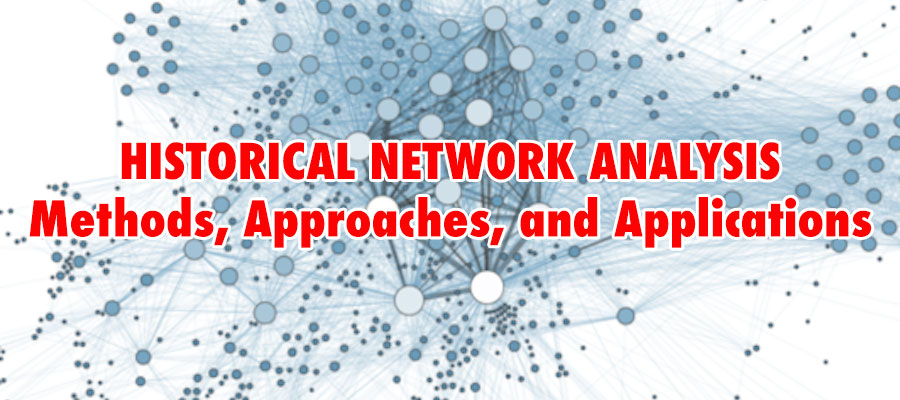Edited Collection: Historical Network Analysis: Methods, Approaches, and Applications. Editors: Dr. Grace Di Méo and Dr. Caitlin Burge
In his canonical book, Linked, Albert-László Barabási explored the history and prevalence of networks in the world, predicting that “network thinking is poised to invade all domains of human activity and most fields of human inquiry… aimed at approaching our interlocked universe.” Often influenced by methodologies from the social sciences, this ‘network thinking’ and an interest in the use of digital and computational tools within the humanities continues to flourish. More recently, this has fostered a growing demand to expand on how such interdisciplinary approaches can provide fresh insights into historical narratives.
This edited collection will act as a handbook to explore the methods and applications of social network analysis (SNA) explicitly within historical contexts, offering a space to engage with compelling demonstrations – both quantitative and qualitative – of historical SNA in practice. Where an introductory chapter written by the editors will offer an overview into core concepts and methodologies of applying social network analysis in historical research, individual chapters will focus predominantly on applying these methods to real-world historical examples, providing as a series of case studies that demonstrate the ways SNA offers new angles into historical questions.
We invite abstracts of 300-500 words for chapters up to 7,500 words. Chapters should focus on social network analysis within any historical context(s), applying quantitative and qualitative methods and/or approaches. These may include but are not limited to:
- working with network data;
- network centrality;
- community detection;
- network evolution;
- network data visualisation;
- modelling/simulating networks;
- and combining network analysis with other methodologies (such as GIS or linguistics).
Abstracts from researchers of all career levels and pathways are welcome.
